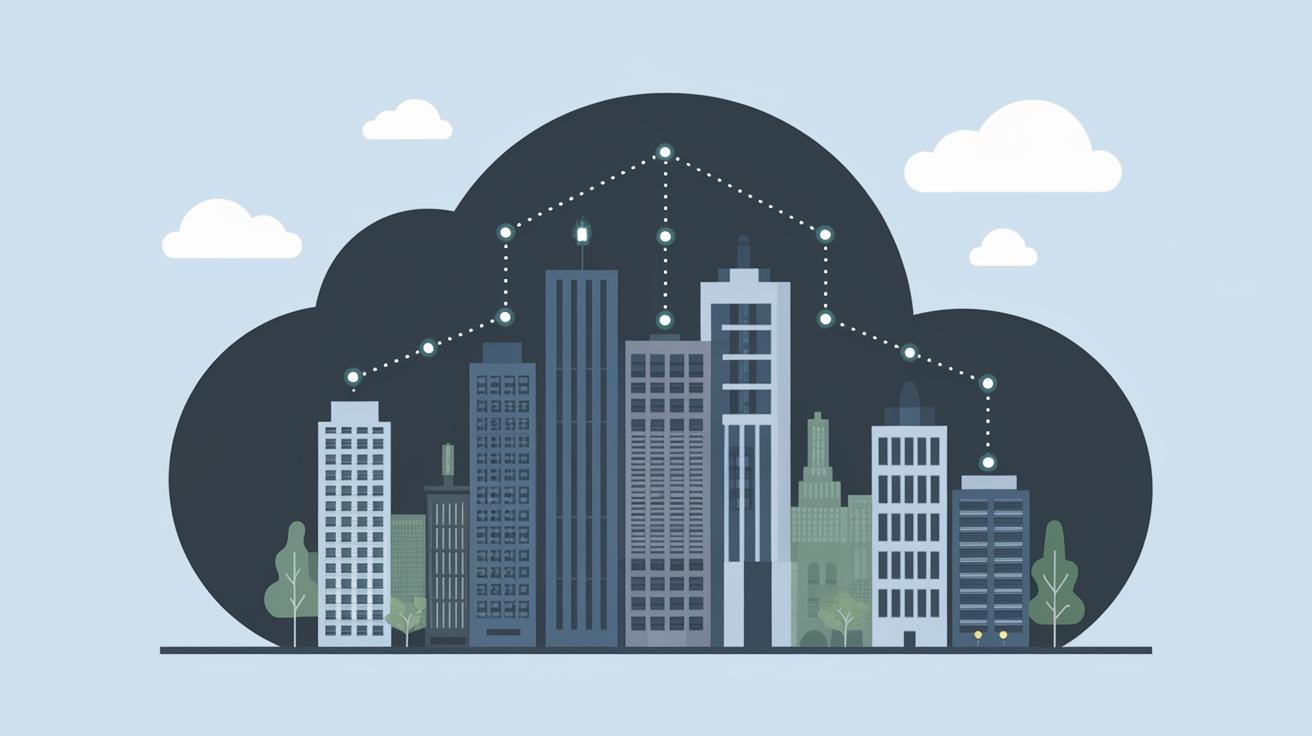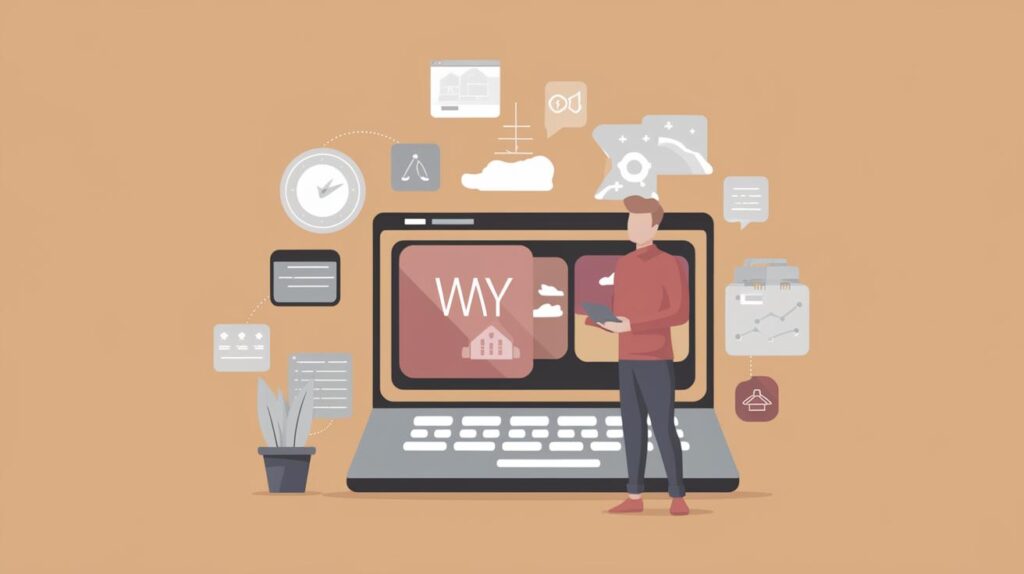How Long Does Cloud Migration Take?
Cloud migration is a significant endeavor for many businesses aiming to leverage the flexibility, cost-efficiency, and scalability offered by cloud computing. Understanding the timeline of cloud migration is crucial for planning and executing a successful transition. This article delves into the standard phases of a cloud migration project, highlights the factors that impact how long email migrations take, and discusses strategies to expedite the process. We also explore how Cloudficient can assist in speeding up the cloud migration timeline by offering solutions that enhance efficiency and minimize disruption. By the end of this guide, you’ll have a clearer understanding of what a typical migration involves and how to optimize it for your organization.
What Is the Cloud Migration Timeline and Its Phases?
The cloud migration timeline generally consists of a series of well-defined phases, each with its distinct objectives and challenges. Properly understanding these phases is key to managing expectations and ensuring a smooth transition. The timeline can vary greatly depending on the complexity of the data, the architecture, and the chosen migration strategy.
The phases typically begin with planning and end with post-migration monitoring. Phases such as data extraction, cleansing, and loading are critical in ensuring data integrity and security. Testing ensures that applications run smoothly on the new cloud environment without data loss or corruption. Each phase must be meticulously managed to avoid delays and ensure the seamless functioning of applications and services.
Planning and Strategy
The first and perhaps most crucial phase of cloud migration is planning and strategy. This step involves defining the objectives of the migration, assessing current systems, and developing a roadmap. Key considerations include understanding the resources required, the costs involved, and selecting the appropriate cloud services that align with business goals.
Developing a clear strategy includes defining key performance indicators (KPIs) and determining a timeline that aligns with business operations. Organizations should also consider potential challenges they might face during the migration process. Detailed planning reduces uncertainty and provides a solid foundation for the subsequent phases, making it an indispensable part of the migration journey.
Data Extraction
Data extraction involves moving data from existing infrastructure to prepare it for cloud migration. This phase can vary in duration depending on the volume of data and the tools used for extraction. Data must be systematically identified and categorized to ensure all critical information is included in the migration.
This process may also involve setting up temporary data transport infrastructure, like physical devices or high-speed networks, to facilitate the transfer of large volumes of data. Ensuring data safety during this phase is paramount, as any data loss can be detrimental to business continuity. Proper extraction lays the groundwork for data to be effectively cleansed and transformed before being loaded into the cloud.
Data Cleansing and Transformation
The data cleansing and transformation phase addresses the quality and compatibility of data being migrated. Data cleansing involves removing duplicates, correcting errors, and ensuring consistency across datasets. This prepares the data for efficient processing in the cloud environment.
Data transformation ensures that data formats are compatible with the cloud environment, which may involve converting data structures or encoding formats. This phase can significantly impact the migration timeline, especially if dealing with legacy systems that require extensive reformatting. Successfully executed, this phase ensures that your data is optimized for performance and reliability in the cloud.
Data Loading
Data loading involves transferring the cleansed and transformed data into the cloud environment. The efficiency of this phase depends on the data’s volume, the bandwidth of the transfer medium, and the capabilities of the cloud provider’s infrastructure.
During loading, mechanisms must be in place to ensure data integrity and security. This often involves using encryption and prioritizing sensitive data. Careful management during this phase prevents data loss and ensures that the new system mirrors the old while offering better performance and accessibility.
Testing and Verification
Testing and verification are critical to ensure that applications and services function as expected in the new environment. This phase involves running a series of tests to verify data integrity, application functionality, and performance metrics.
Through testing, any anomalies can be identified and addressed before cutover, minimizing disruptions. Verification processes often mirror real-world scenarios to ensure that systems can handle expected workloads and any edge cases without failure. This attention to detail ensures the post-migration environment is ready for full-scale operations.
Cutover and Monitoring
Cutover is the moment when the migrated system takes over from the legacy system. This phase requires precise execution to minimize downtime and disruption to business operations. Planning for cutover requires a rollback strategy should unforeseen issues arise.
Post-migration monitoring ensures that all systems are functioning successfully and provides opportunities to make adjustments or optimizations. Continuous monitoring helps identify issues early and maintains high service levels as the migrated environment scales and evolves.
What Factors Specifically Impact Email Migration Timelines?
Email migration timelines can differ greatly based on several factors including the volume of email data, the complexity of the email environment, and the tools employed for migration. Larger volumes of data naturally take longer to migrate, and greater complexity usually requires more careful planning and execution.
Another significant factor is the choice of migration tools. Some solutions offer greater automation capability, significantly speeding up the migration process. Additionally, user readiness and training can affect how quickly a new system is adopted effectively, impacting timelines indirectly by requiring alterations or additional support.
How Can You Speed Up Email and Legacy Archive Migration?
Optimizing email and legacy archive migration involves employing strategies that equip organizations to handle large volumes of data efficiently without compromising quality. Automation tools designed explicitly for email migration can drastically cut down time by reducing manual interventions and streamlining the migration process.
Moreover, enlisting third-party specialists or consultants skilled in migrations can prove invaluable. Their expertise in planning and unforeseen issue resolution can ensure the timelines are kept in check while avoiding costly errors. These experts can also offer training services to prepare teams, minimizing the time required for adaptation to new systems.
How Can Cloudficient Speed Up the Cloud Migration Timeline?
Cloudficient has developed comprehensive services that expedite the cloud migration timeline by focusing on efficiency and security. Their solutions include automated workflows and pre-configured tools tailored to specific migration needs, reducing the manual effort involved.
By leveraging Cloudficient’s advanced analytics and monitoring capabilities, businesses can gain insights that help optimize every phase of migration. Cloudficient’s emphasis on a seamless, high-quality migration experience not only shortens the timeline but also enhances the overall quality of the transition, ensuring minimal disruption to ongoing business operations.
Future Prospects
| Phase | Description |
|---|---|
| Planning and Strategy | Define objectives, assess systems, and develop a roadmap. |
| Data Extraction | Identify and move data from existing infrastructure. |
| Data Cleansing and Transformation | Ensure data quality and compatibility with cloud systems. |
| Data Loading | Transfer data to the cloud, ensuring integrity and security. |
| Testing and Verification | Validate application functionality and performance. |
| Cutover and Monitoring | Transition to the new system and monitor performance. |


